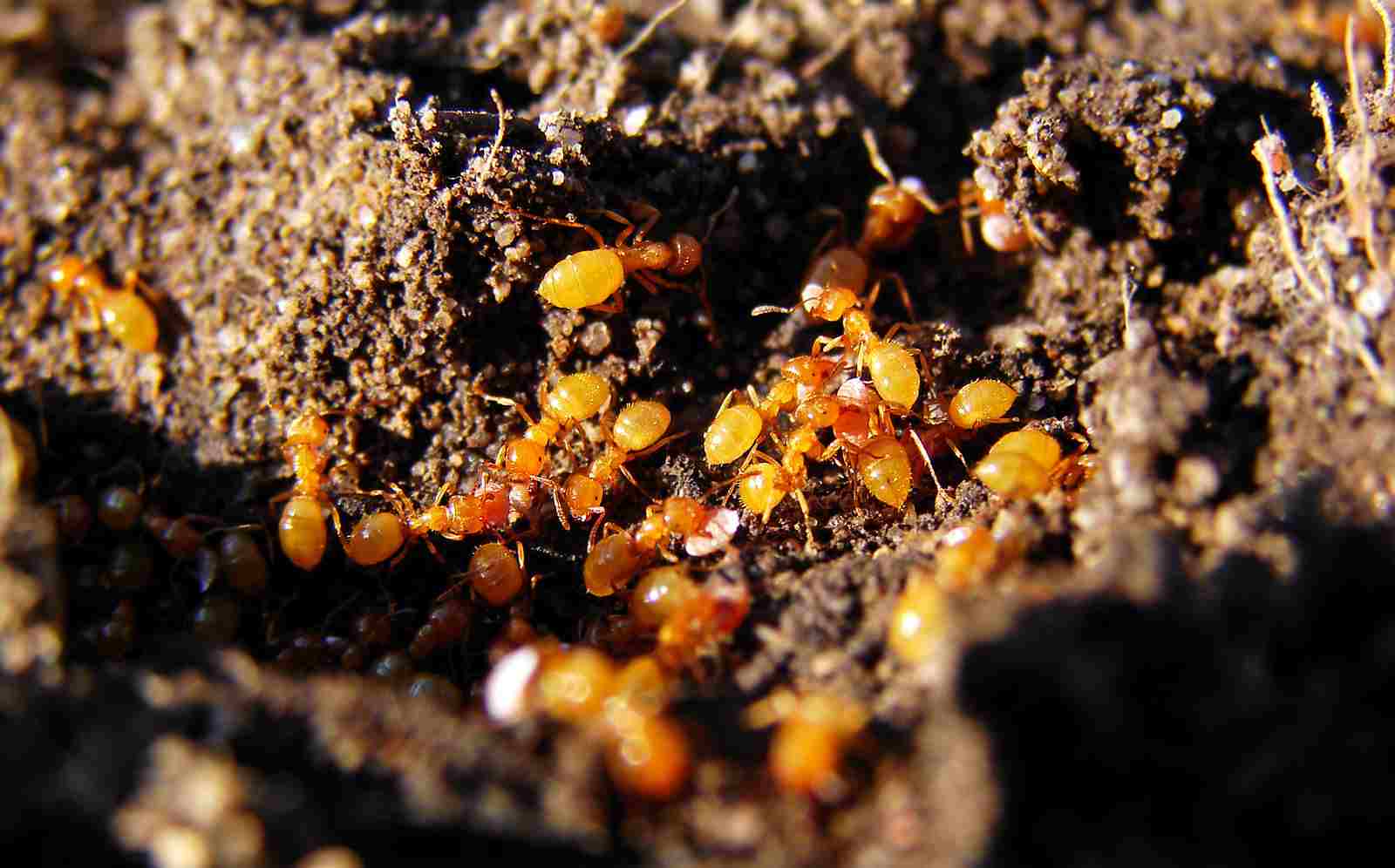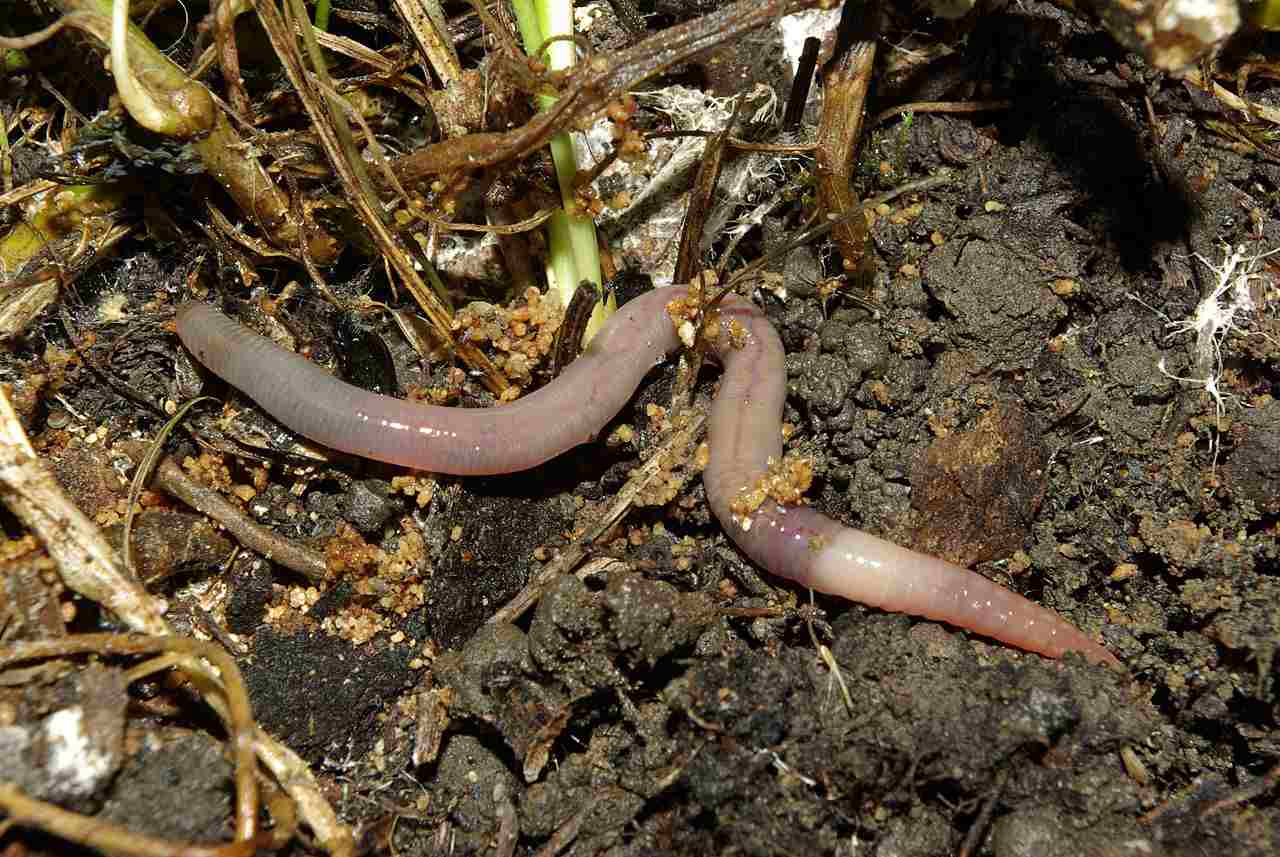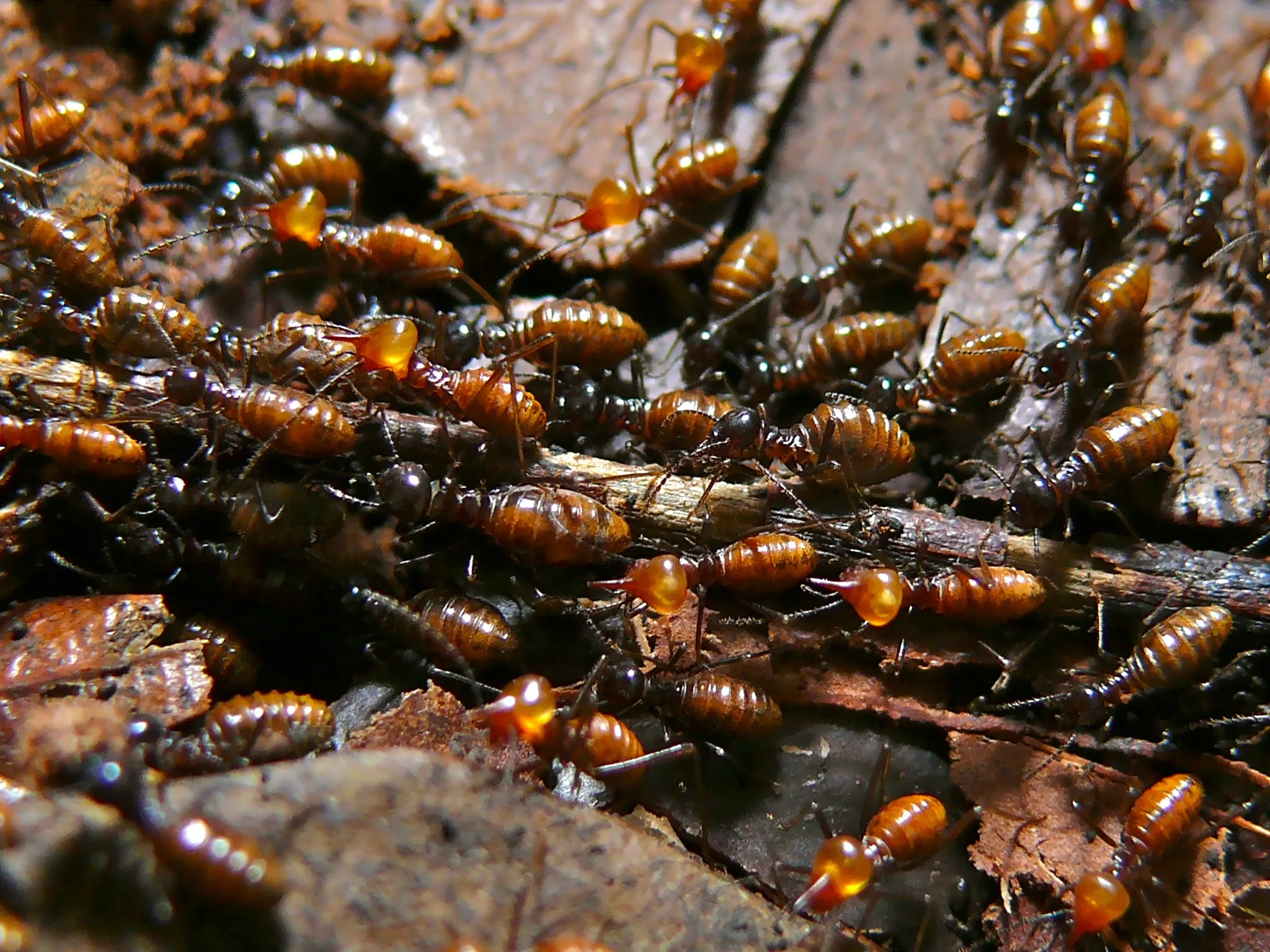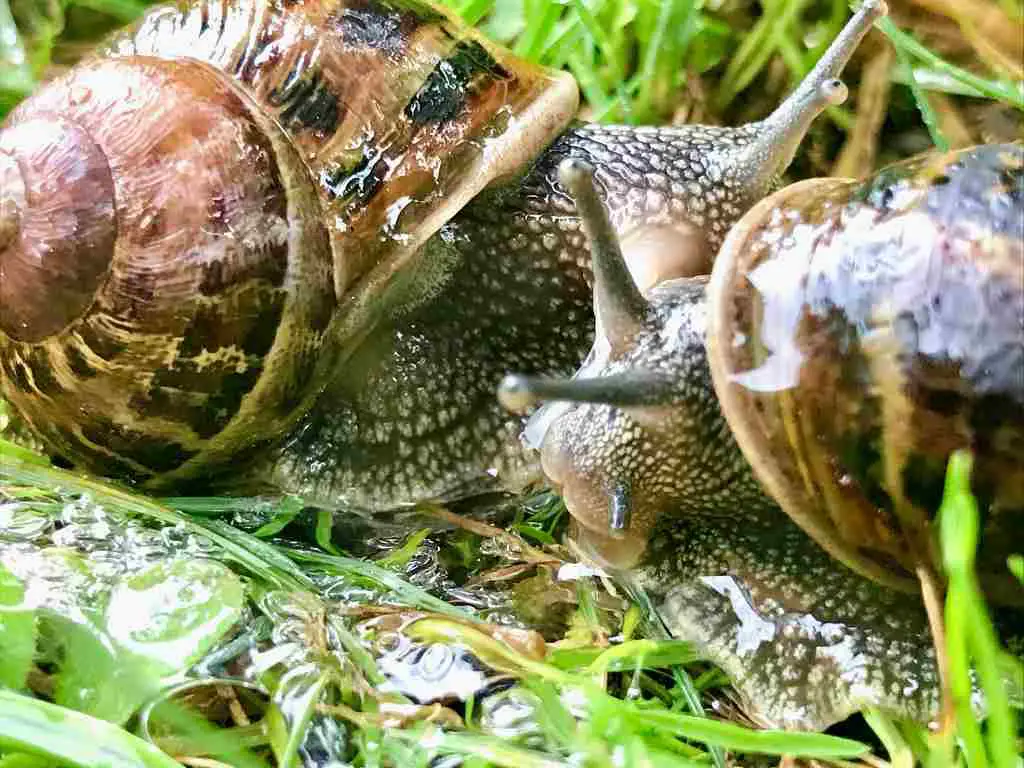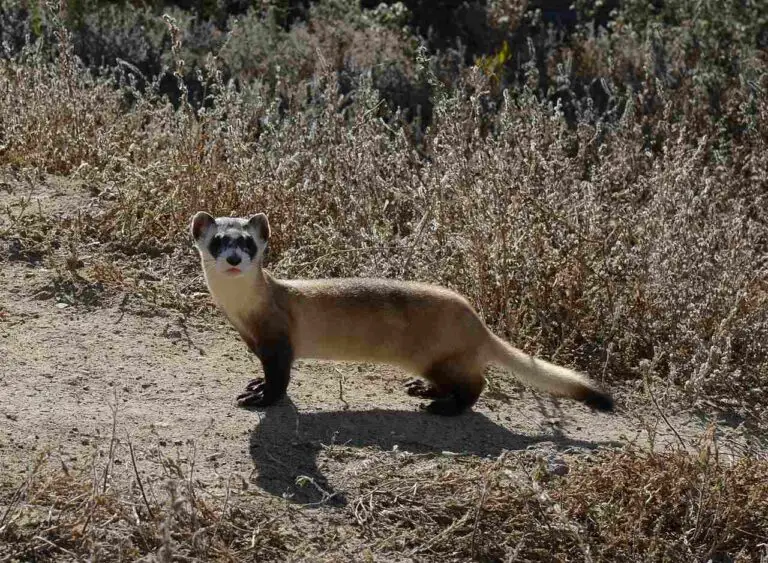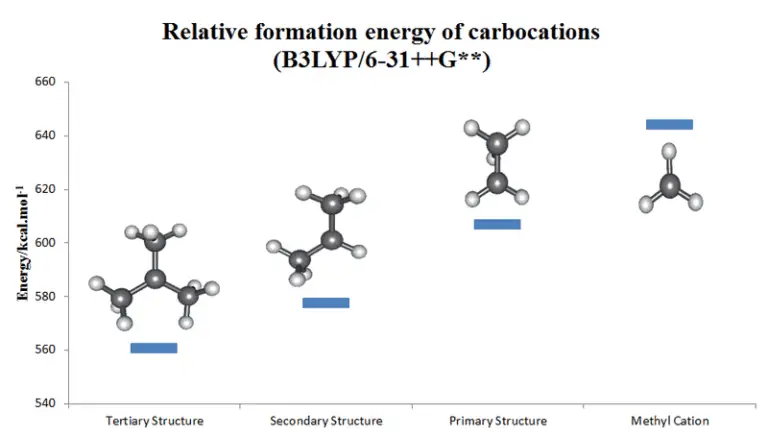13+ Detritivores In The Desert Ecosystem Discussed
Examples of detritivores in the desert ecosystem are ants, dung beetles, termites, and desert millipedes. These organisms play a crucial role in breaking down organic material, recycling nutrients, and promoting soil fertility. They also contribute to soil aeration and are key parts of the desert food web, providing food sources for various predators. By decomposing waste and dead plant material, these detritivores help maintain a balanced ecosystem and support plant growth in arid environments.
1. Ants (Various Species)
Ants in the desert ecosystem play a crucial role as detritivores, breaking down organic material and facilitating nutrient recycling. Various ant species in arid regions like harvester ants and carpenter ants diligently gather food from the environment, consuming plant matter, dead insects, and other organic debris. Their activities contribute to soil aeration and organic matter decomposition, enhancing soil health and promoting plant growth. Ants also help distribute seeds, promoting plant diversity, and their tunnels allow for better water infiltration. This intricate ecosystem balance underscores the vital role ants play in maintaining desert biodiversity and ecosystem stability.
2. Dung Beetles
Dung beetles are essential decomposers in desert ecosystems, specializing in breaking down animal feces. By collecting and burying dung, these beetles not only recycle nutrients back into the soil but also aid in seed dispersal and soil aeration. This process enhances soil fertility and promotes plant growth, creating a more robust ecosystem. Their dung-burying behavior reduces pest populations by eliminating breeding grounds for flies and other insects, providing additional ecological benefits.
3. Termites
Termites in desert ecosystems are vital for their ability to break down tough plant material, especially cellulose found in dead wood and other plant debris. These industrious insects consume and recycle organic matter, enriching the soil with nutrients. Their tunneling activity aerates the soil, improving water absorption and root penetration. Additionally, termite mounds contribute to soil stability, providing habitat for other organisms and helping to maintain a balanced ecosystem in arid regions.
4. Desert Millipedes
Desert millipedes contribute to the decomposition of organic matter by consuming decaying plant material, leaf litter, and other detritus. Their feeding activity helps to break down complex organic compounds, releasing nutrients into the soil. This decomposition process enhances soil fertility and promotes plant growth in desert ecosystems. As they move through the soil, millipedes also help with aeration and soil structure, facilitating water penetration and root growth.
5. Springtails (Collembola)
Springtails, or Collembola, are microscopic detritivores that play a significant role in desert ecosystems by breaking down organic matter such as decaying plant material and fungi. Their presence in the soil promotes nutrient cycling and supports the growth of plants by enriching the soil. Springtails are also an essential food source for other desert predators, helping to maintain a balanced food web. Their small size and high population density make them crucial in the rapid decomposition of organic material in arid environments.
6. Desert Cockroaches
Desert cockroaches are opportunistic detritivores that feed on a variety of organic materials, including decaying plant matter, dead insects, and animal droppings. In desert ecosystems, their scavenging activities help break down complex organic compounds, contributing to nutrient recycling and soil fertility. As they consume organic matter, they aid in reducing waste accumulation and play a role in maintaining a balanced ecosystem. Desert cockroaches are also a food source for various predators, supporting the desert food web.
7. Darkling Beetles
Darkling beetles are a diverse group of detritivores in desert ecosystems, feeding on a wide range of organic materials, including dead plant matter and animal remains. Their ability to thrive in harsh conditions allows them to play a critical role in nutrient cycling and soil enrichment. These beetles contribute to soil aeration as they burrow, promoting better water absorption and root growth. Additionally, they are an important food source for other desert wildlife, serving as a crucial link in the food chain.
8. Isopods (Woodlice)
Isopods, commonly known as woodlice or pill bugs, are valuable decomposers in desert ecosystems. They feed on decaying plant matter and other organic debris, helping to break down complex organic compounds and recycle nutrients into the soil. Isopods’ feeding activity promotes soil fertility and supports plant growth. Their movements through the soil contribute to aeration, improving water retention and soil structure. As part of the desert food web, isopods are preyed upon by various predators, reinforcing their role in ecosystem dynamics.
9. Dermestid Beetles
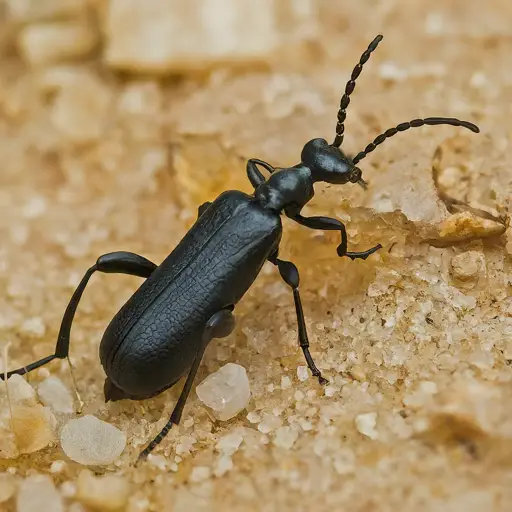
Dermestid beetles are a group of detritivores that specialize in consuming dry, decomposing organic material, such as animal carcasses and dead insects. In desert ecosystems, they play a crucial role in breaking down animal remains, aiding in nutrient recycling and preventing the buildup of decaying matter. Their activity promotes soil health and supports other decomposers by accelerating decomposition processes. Dermestid beetles also contribute to a balanced ecosystem by providing food for other desert predators.
10. Crickets
Crickets are adaptable detritivores that feed on a variety of organic materials, including decaying plant matter and dead insects. In desert ecosystems, they play an important role in breaking down organic debris and recycling nutrients into the soil. Crickets’ feeding activity helps maintain soil fertility, promoting plant growth and supporting a diverse ecosystem. Additionally, crickets are a key food source for other desert animals, contributing to the desert food web and enhancing biodiversity.
11. Pack Rats (Woodrats)
Pack rats, also known as woodrats, are detritivores that play a significant role in desert ecosystems by collecting and recycling organic matter. They build elaborate nests using a variety of materials, including sticks, leaves, and other detritus. Through their nest-building behavior, pack rats contribute to nutrient cycling and provide habitats for other organisms. Their activities also aid in soil aeration and plant growth by redistributing organic matter. Additionally, pack rats are a food source for various predators, reinforcing their role in the desert food web.
12. Burying Beetles
Burying beetles are specialized detritivores that focus on consuming and burying animal carcasses. In desert ecosystems, they play a vital role in breaking down dead animals, recycling nutrients into the soil, and preventing the buildup of decaying matter. Their behavior of burying carcasses helps to control disease by reducing potential breeding grounds for harmful bacteria and pests. Burying beetles also support a balanced ecosystem by providing a food source for other desert predators and by contributing to nutrient cycling and soil health.
13. Earthworms
Earthworms are crucial detritivores in desert ecosystems, contributing to soil fertility by breaking down organic matter and recycling nutrients. Although less common in arid environments, when present, they play a significant role in aerating the soil and improving its structure. As earthworms consume decaying plant material and other organic debris, they enhance nutrient availability for plants, promoting growth and supporting a diverse ecosystem. Their burrowing activity also facilitates better water infiltration, aiding in soil moisture retention and root penetration.
14. Harvestmen (Opiliones)
Harvestmen, commonly known as daddy longlegs, are detritivores in desert ecosystems, feeding on a variety of organic materials, including decaying plant matter, fungi, and small invertebrates. Their feeding activity aids in breaking down organic debris, contributing to nutrient recycling and soil fertility. Harvestmen play a role in maintaining a balanced ecosystem by controlling other invertebrate populations and providing a food source for various predators. Their presence in desert environments supports biodiversity and helps sustain the desert food web.
*Summary
-
Ants (Various Species)
-
Break down organic material and promote soil aeration.
-
Contribute to nutrient recycling and seed dispersal.
-
-
Dung Beetles
-
Specialize in breaking down animal feces.
-
Contribute to soil fertility and help with seed dispersal.
-
-
Termites
-
Decompose cellulose in dead wood.
-
Promote soil aeration and contribute to soil stability.
-
-
Desert Millipedes
-
Feed on decaying plant material and other detritus.
-
Enhance soil fertility through decomposition.
-
-
Springtails (Collembola)
-
Break down organic matter such as decaying plant material and fungi.
-
Contribute to nutrient cycling and are a food source for other predators.
-
-
Desert Cockroaches
-
Feed on a variety of organic materials.
-
Help reduce waste accumulation and support the desert food web.
-
-
Darkling Beetles
-
Consume a wide range of organic materials.
-
Contribute to soil aeration and are part of the desert food chain.
-
-
Isopods (Woodlice)
-
Feed on decaying plant matter and contribute to nutrient recycling.
-
Promote soil fertility and are preyed upon by various predators.
-
-
Dermestid Beetles
-
Consume dry, decomposing organic material like animal carcasses.
-
Contribute to nutrient recycling and reduce disease risk.
-
-
Crickets
-
Feed on decaying plant matter and dead insects.
-
Help maintain soil fertility and are key in the desert food web.
-
-
Pack Rats (Woodrats)
-
Collect and recycle organic matter through nest-building.
-
Contribute to soil aeration and are a food source for other predators.
-
-
Burying Beetles
-
Focus on consuming and burying animal carcasses.
-
Aid in nutrient recycling and control disease risk.
-
-
Earthworms
-
Break down organic matter and promote soil fertility.
-
Contribute to soil aeration and water infiltration.
-
-
Harvestmen (Opiliones)
-
Feed on decaying plant matter and fungi.
-
Contribute to nutrient recycling and are preyed upon by various predators.
-
| Detritivore |
Key Contributions
|
| Ants |
Soil aeration, nutrient recycling, seed dispersal
|
| Dung Beetles |
Soil fertility, seed dispersal
|
| Termites |
Soil aeration, soil stability, cellulose recycling
|
| Desert Millipedes |
Soil fertility, nutrient recycling
|
| Springtails |
Nutrient cycling, food source for predators
|
| Desert Cockroaches |
Waste reduction, desert food web support
|
| Darkling Beetles |
Soil aeration, desert food chain support
|
| Isopods |
Nutrient recycling, soil fertility
|
| Dermestid Beetles |
Nutrient recycling, disease control
|
| Crickets |
Soil fertility, desert food web support
|
| Pack Rats |
Soil aeration, food source for predators
|
| Burying Beetles |
Nutrient recycling, disease control
|
| Earthworms |
Soil aeration, water infiltration
|
| Harvestmen |
Nutrient recycling, food source for predators
|
